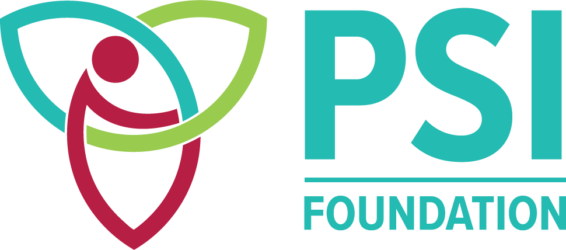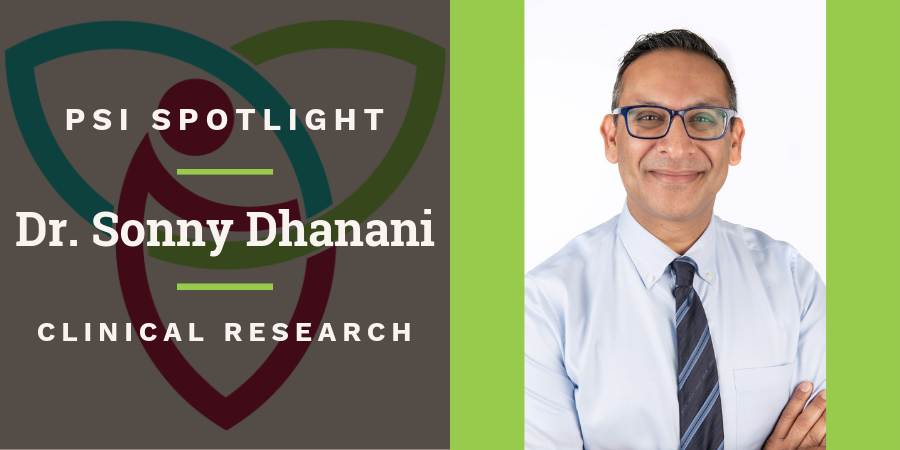“PSI has a good reputation of supporting studies that have impact on daily practice. It supports practicing physicians’ research that will have immediate impact on the practice of their colleagues.” – Dr. Marcel Ruzicka
New automated blood pressure monitors have significant advantages over older monitors. One such advantage is the ability to take blood pressure measurements without medical personnel in the room, eliminating the possibility of “white coat phenomenon,” which is thought to result in higher readings when medical personnel are present. New PSI-funded research suggests that different ways of taking automated measurements may need interpretation if they are to be used to accurately diagnose and manage hypertension.
“The circumstance under which blood pressure measurement is taken, more so than the technique, is crucial for estimating blood pressure,” says Dr. Marcel Ruzicka, a nephrologist specializing in kidney-related hypertension at The Ottawa Hospital Research Institute. The differences in measurements among techniques can be large enough that they may affect a physician’s decision about whether a patient needs to be treated for hypertension.
“It’s not a question of which method is best,” says Dr. Ruzicka. “Our study provides evidence that different blood pressure targets might be appropriate if you use a different measurement method from the technique used for the published blood pressure target.”
With a PSI Foundation Clinical Research Grant, Dr. Ruzicka and his team compared different ways of measuring blood pressure to look for differences in the measurements. A total of 78 patients completed the study, during which their blood pressure was measured on two consecutive days using different methods: using automated devices both attended and unattended by a nurse, and using an ambulatory blood pressure measurement device that took measurements every 20-30 minutes over a 24-hour period.
Their results suggest that resting blood pressure readings were not significantly different whether the measurement was fully or partially attended, or even unattended. Most importantly, they found that resting blood pressure – regardless of whether medical personnel were in the room or not – was significantly lower compared to the 24-hour average, suggesting that the ambulatory measurement may be crucial for hypertension diagnosis and management.
“The ambulatory measurement includes everything in your life, and for most people, there aren’t many times when you sit alone and quiet, as you do with resting blood pressure,” says Dr. Ruzicka. “In a way, this result is not surprising.”
The study is not meant to discourage practices from using any particular technique. Instead, Dr. Ruzicka says that it’s more important to understand that the techniques yield different results, and physicians need to understand these differences when diagnosing hypertension.
“This information is crucial for family physicians and specialists in order to provide them with a guide of how to interpret these measurements,” he says. “We hope that eventually these results will be reflected in the guidelines [for diagnosis and management of hypertension].”



